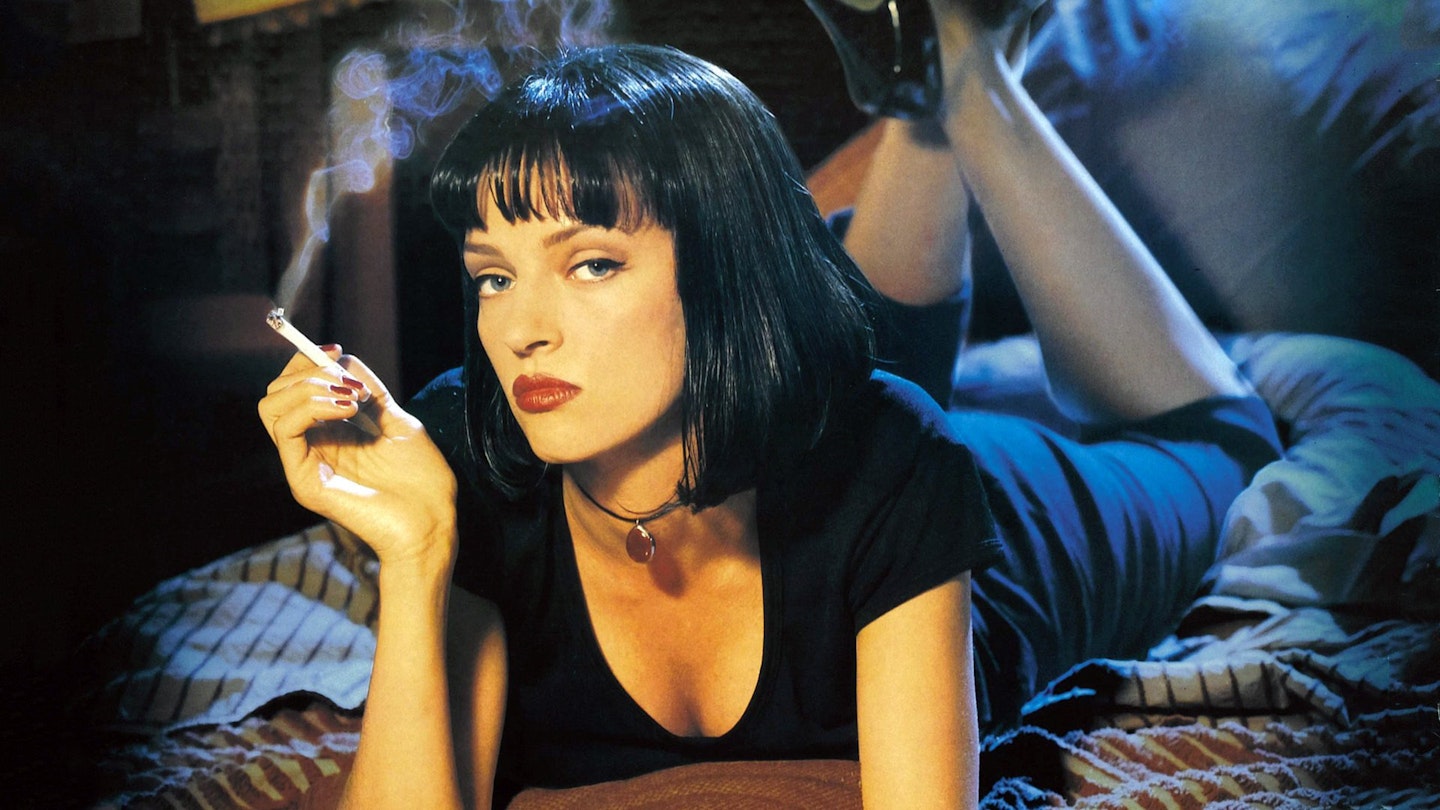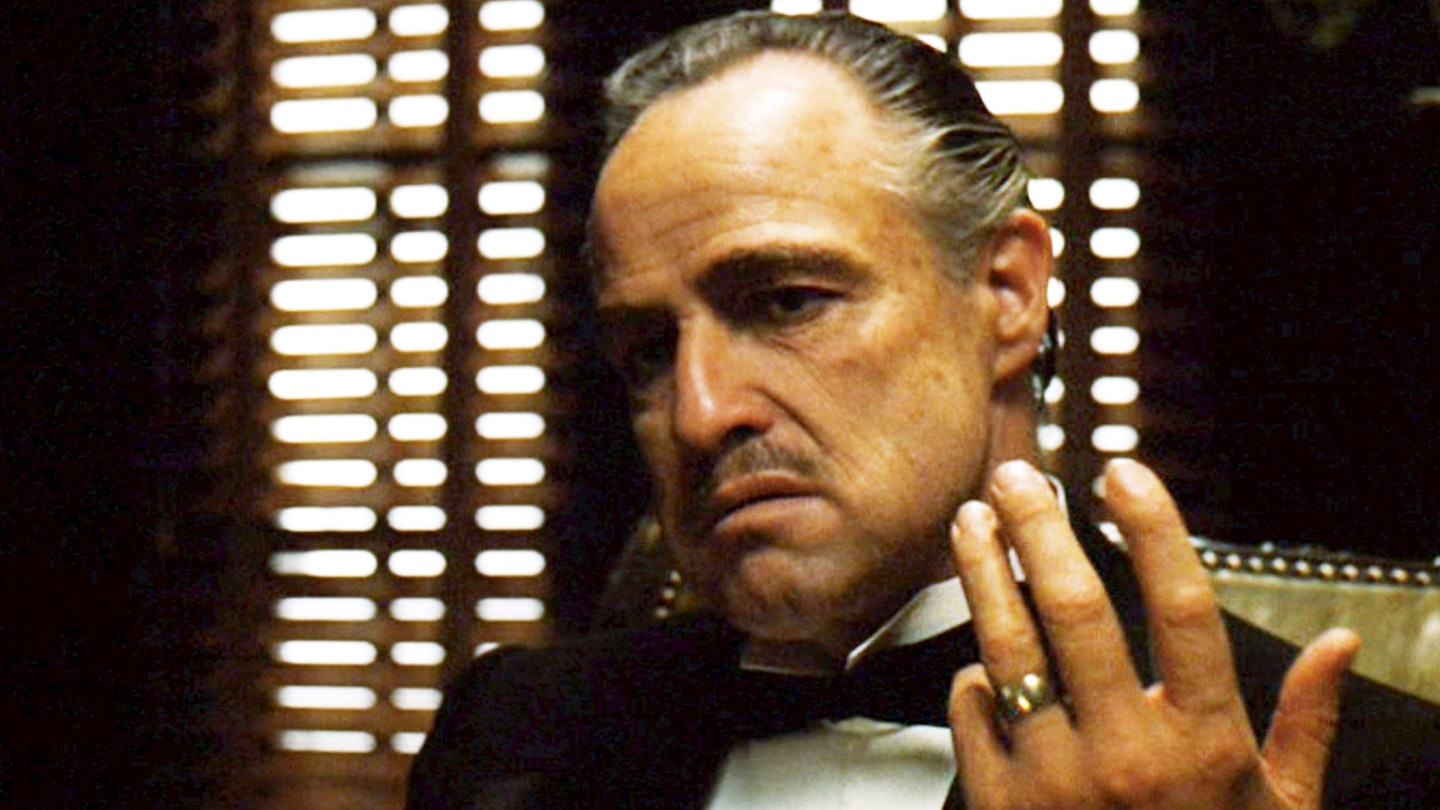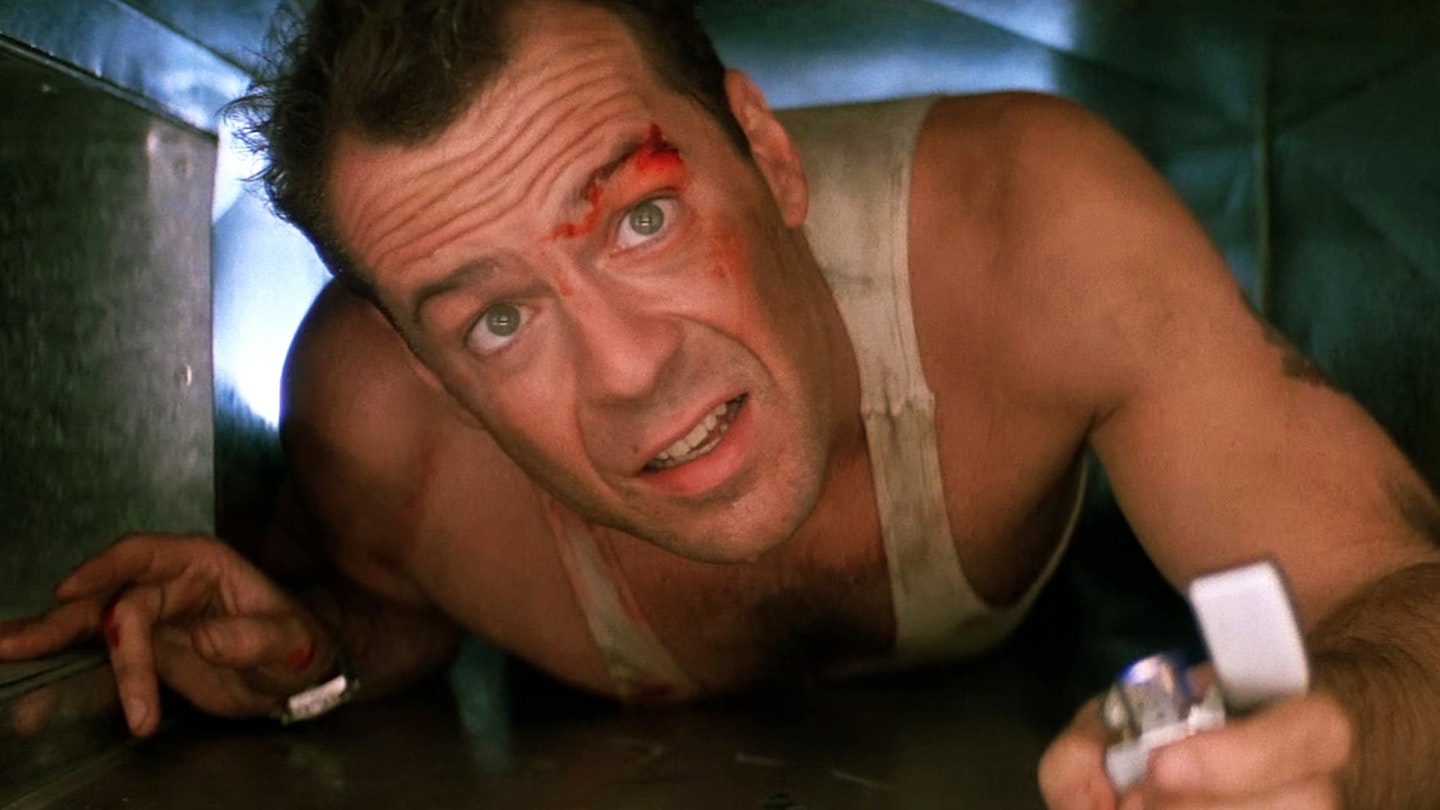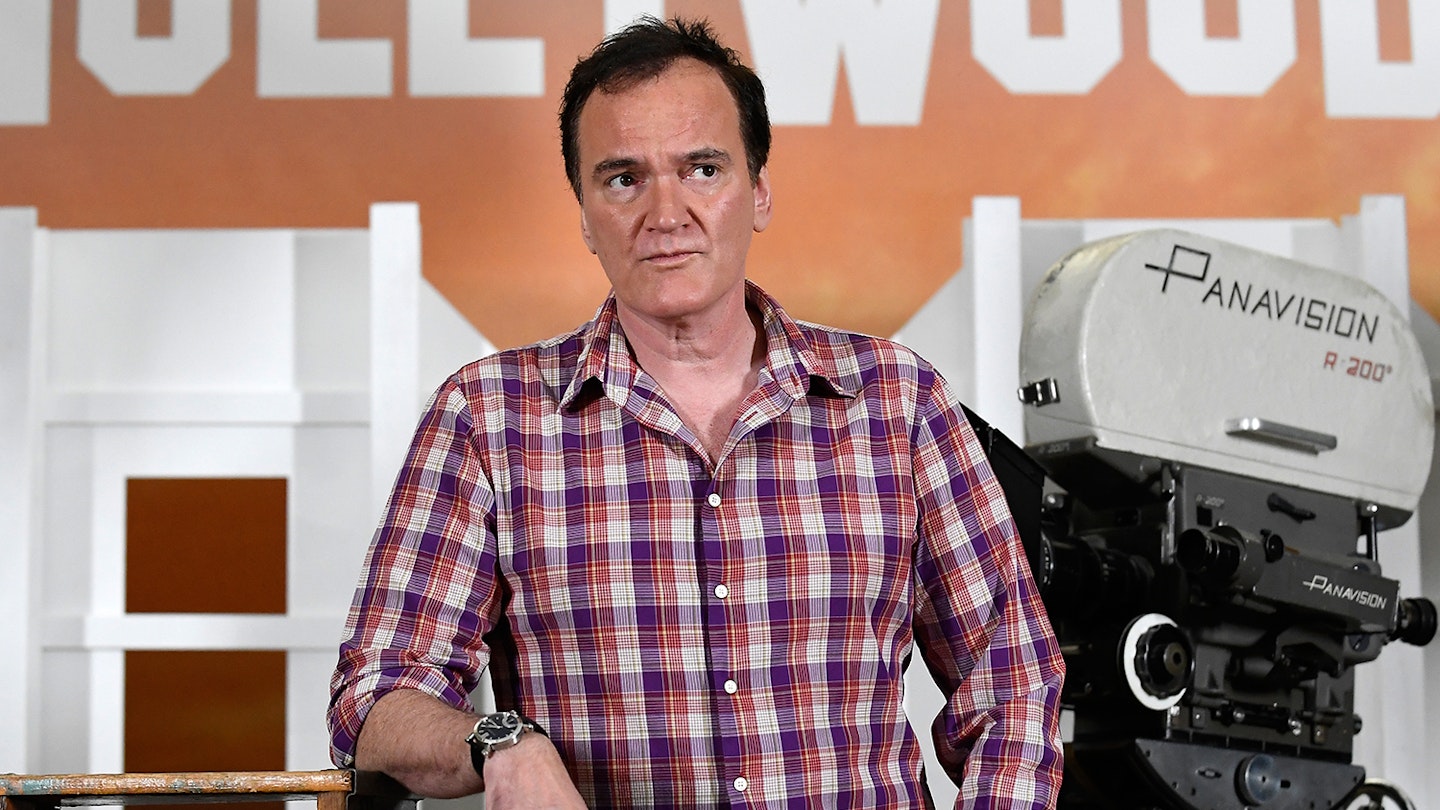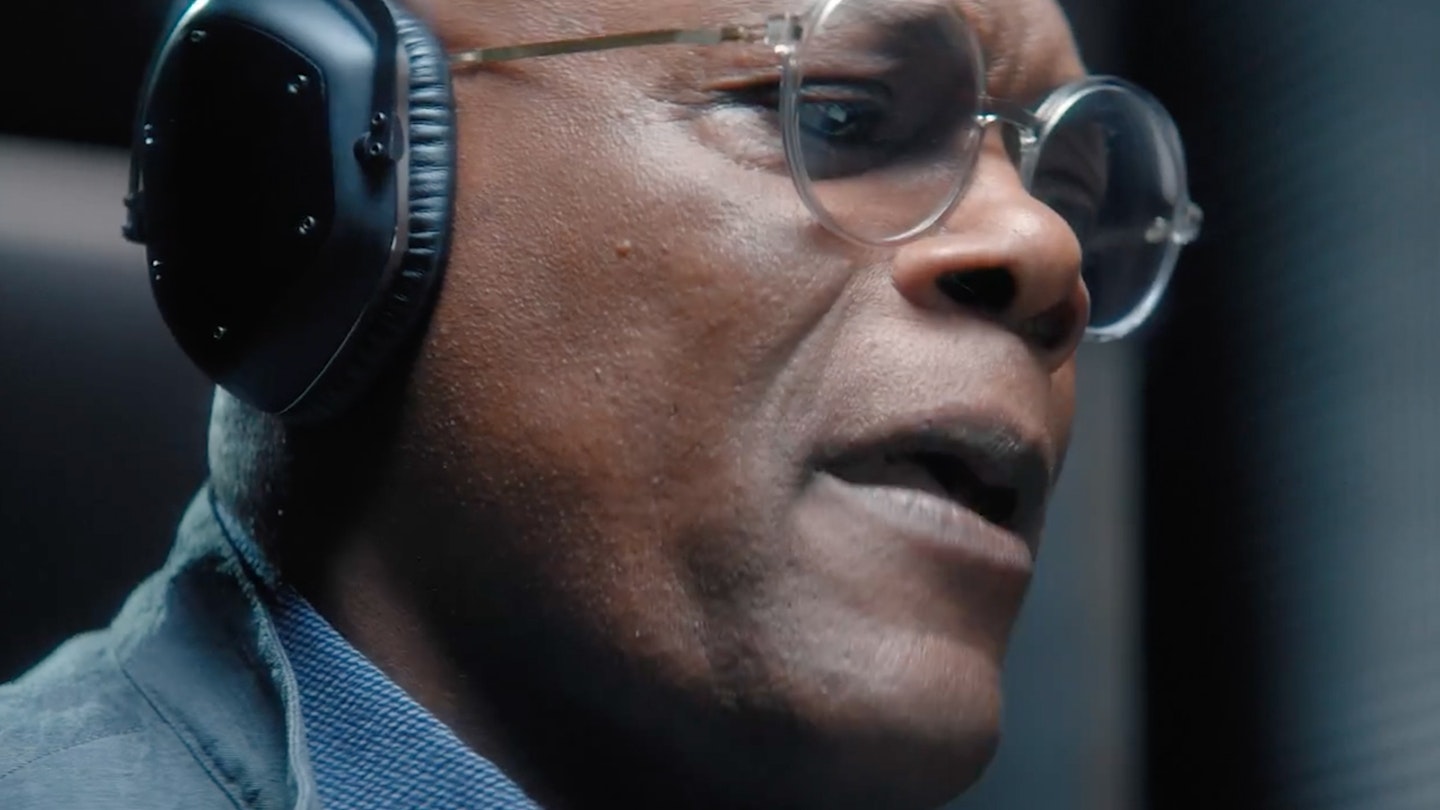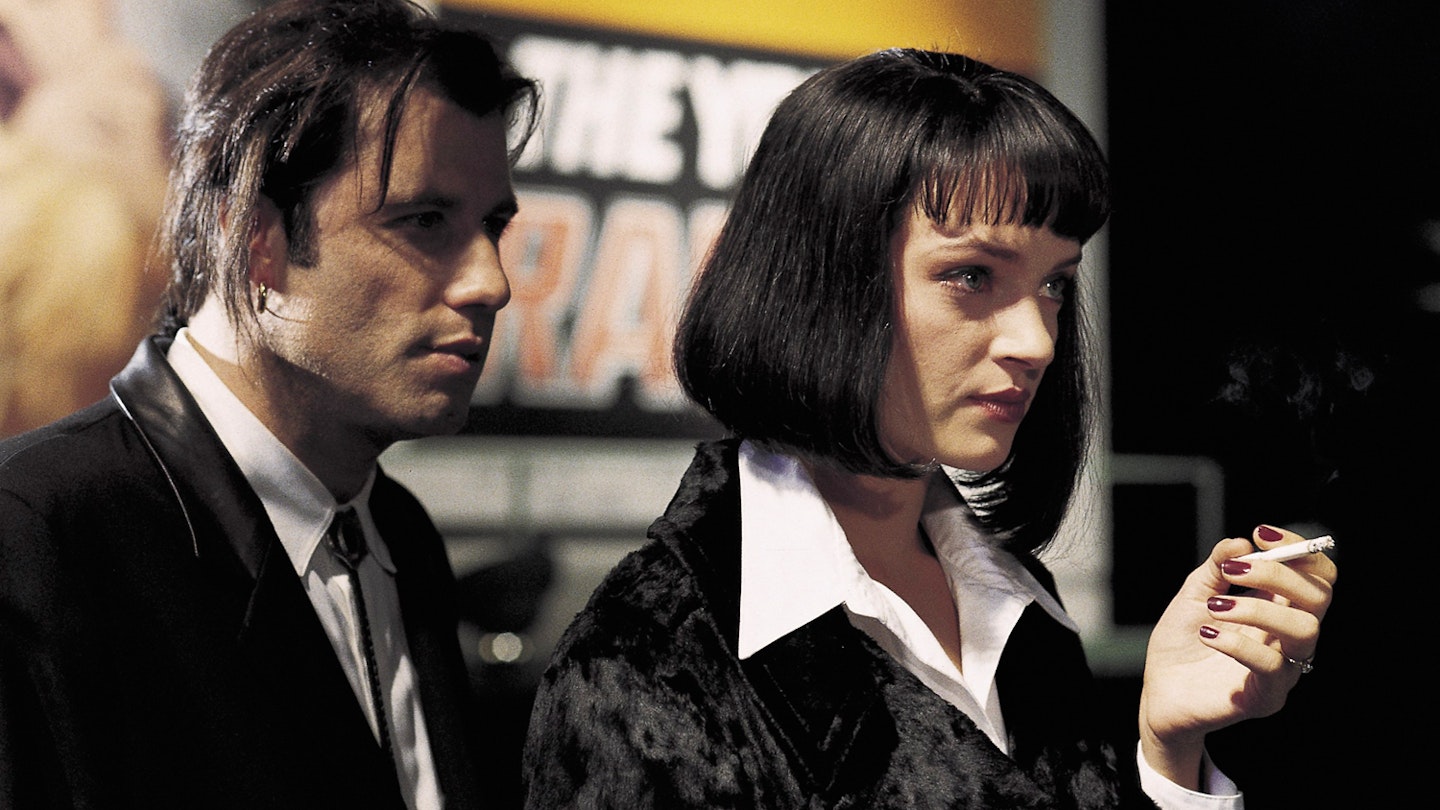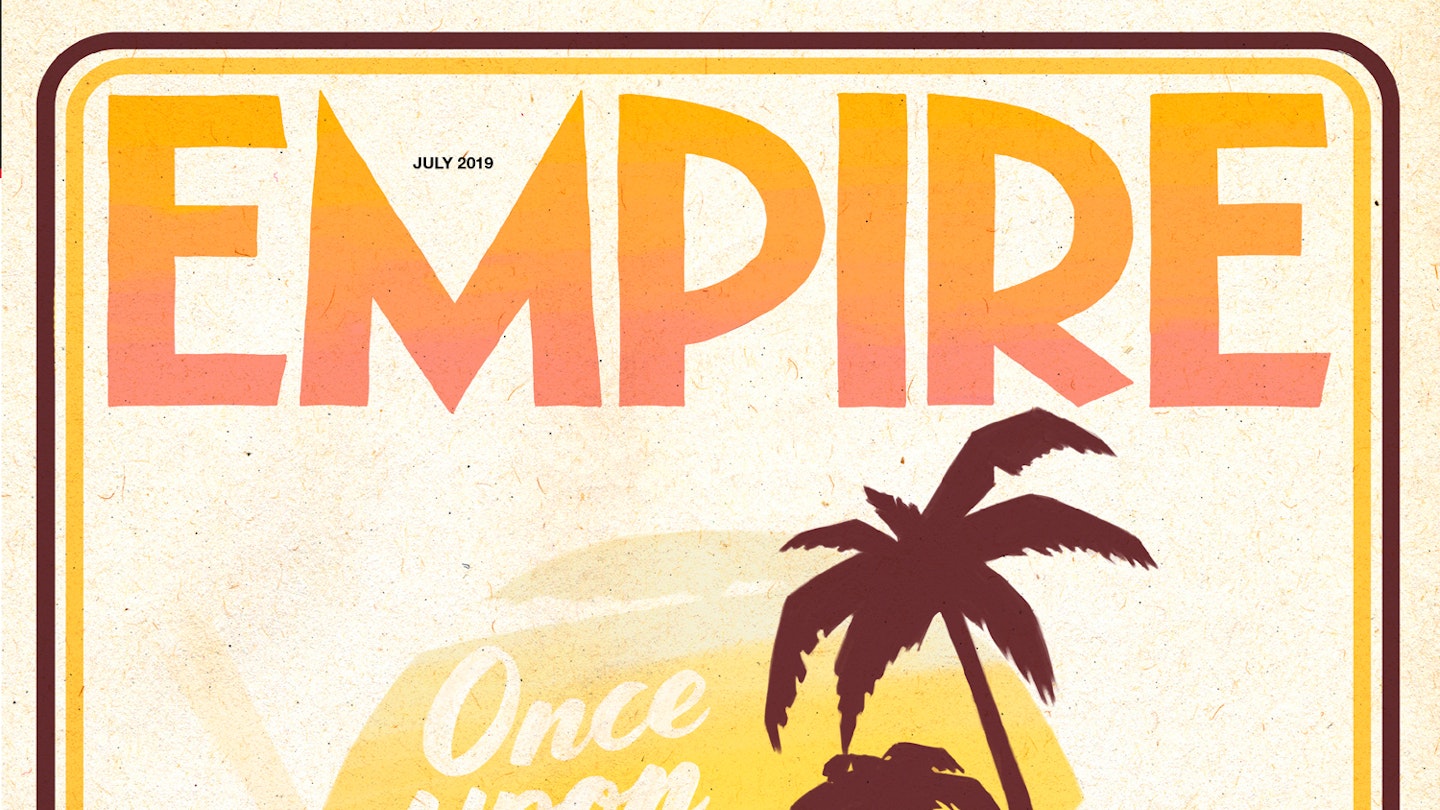The least interesting thing about Pulp Fiction is what is in that bloody briefcase. Whether it is unlimited moolah, the soul of Crime Lord Marsellus Wallace (Ving Rhames) or the gold lame suit worn by Val Kilmer's Elvis in True Romance (1993) really misses the point of Tarantino's molotov cocktail of a picture. Making a mockery of the difficult-second-film cliche, Tarantino weaves a patchwork of crime film history into something shiny and new. Peppered with great moments eaten up by actors working at the top of their game (Travolta, Willis and Thurman have never been better, and the film created the aura of greatness that currently surrounds Jackson) Pulp's witty writing, pop culture-surfing, gleeful amorality, cult tuneology and hyperkinetic energy has redefined the crime genre for the foreseeable future.
Drawing on the compendium format of Black Mask magazine and Mario Bava's gothic flick Black Sabbath (1963) as well as the twisty-turny crime literature of Frederick Brown and Charles Willeford, Tarantino wrote Pulp on the European press push for Reservoir Dogs (1991) — hence Vincent Vega (Travolta )'s detailed knowledge of Amsterdam minutiae. As such, the film also boasts a European feel; both in specific incident — the day-in-the-life-of-a-hit-man strand acknowledges the influence of Jean-Pierre Melville's Le Samourai (1967) and the Vincent-Mia's twist has the same spirit as the impromptu dance in Jean-Luc Godard's crime flick Bande A Part (1964) — and in its rather intelligent sense of deconstructing Hollywood history.
Indeed, Pulp Fiction operates in the hinterland between reality and movie reality. Into a cadre of movie archetypes — the assassin, the mob boss, the gangster's moll, the boxer who throws a fight — Tarantino injects a reality check that is as funny as it is refreshing. Whereas most crime flicks would breeze over the rendezvous between Vincent and Mia, here we actually get to go on the date— polite chit-chat, awkward silences, bad dancing — before it spirals off into a drugged-up disaster. Just as Dogs is a heist film where you don't see the heist, Pulp is a boxer-takes-a-dive flick where you never see the bout, opting instead for conversations about muffins and Deliverance-style rape. Moreover, after Vincent and Jules take back Marsellus' briefcase, rather than cutting to a cop on their trail, we stay with them and revel in their banal banter as they dispose of a corpse (the genius of Keitel's Wolf in this effort is a moot point — how much intelligence does it take | to clean a car, then throw a rug over the back seat?)
What startled about Pulp on release was its audacious story dynamics. It was originally planned as a straight anthology flick — Tarantino's decision to cross-reference the yarns mines even more dramatic gold (i.e. the hero can get killed halfway through). While none of the stories amount to much on their own — if you told Pulp in a linearity, it would start with Vincent and Jules arriving at Brett's apartment and end with Butch and Fabienne Dooming off on Zed's chopper—in crisscrossing the exposition, Tarantino forges hooks of expectation and curiosity that pay off one by one in satisfying ways.
Through its tricksy plot structure, very few films capture such a rich sense of an interconnected crime community. Of course, this extends even beyond the parameters of the film itself to Tarantino's other movies — that Vincent Vega has a brother better known as Mr. Blonde hints at a whole nexus of underworld activity — and to the whole crime genre itself. As Butch kills Maynard, Marsellus Wallace warns Zed he's going to get some henchman, "To go to work with a pair of pliers and a blowtorch." In Charley Varrick (1973), a character named Maynard warns a bank manager about the very same method of torture.
While all the plaudits may have gone to Tarantino's killer dialogue — it's appeared everywhere from parody Plump Fiction to the Fun Lovin' Criminals' hit Scooby Snacks — Pulp is an equally stimulating visual experience. From the eyeful of Jackrabbit Slims to the magical square Mia draws to underline Vincent's geekiness to Andrzej Sekula's glossy, wide angled image-crafting, the look of Pulp is equally as imaginative without ever calling attention to itself.
More protean than Dogs, more fun than Jackie Brown, Pulp is so perfectly wrought it makes you forgive the crimes against cinema that Tarantino has perpetrated with his acting. Three great movies for the pries of one, the anaemic rip-offs that have followed have only served to sharpen its greatness. Besides, how could you not love a movie where a character called Antwan Rockamora is constantly referred to as Tony Rocky Horror?
